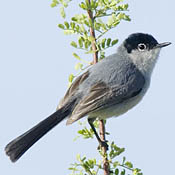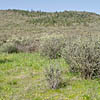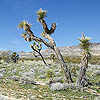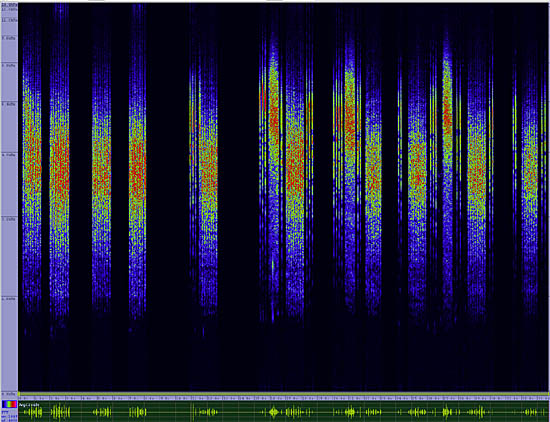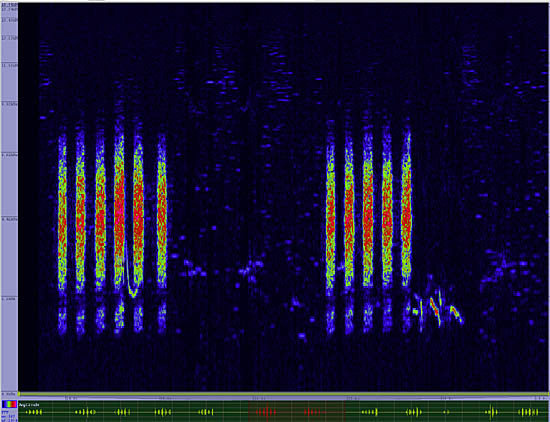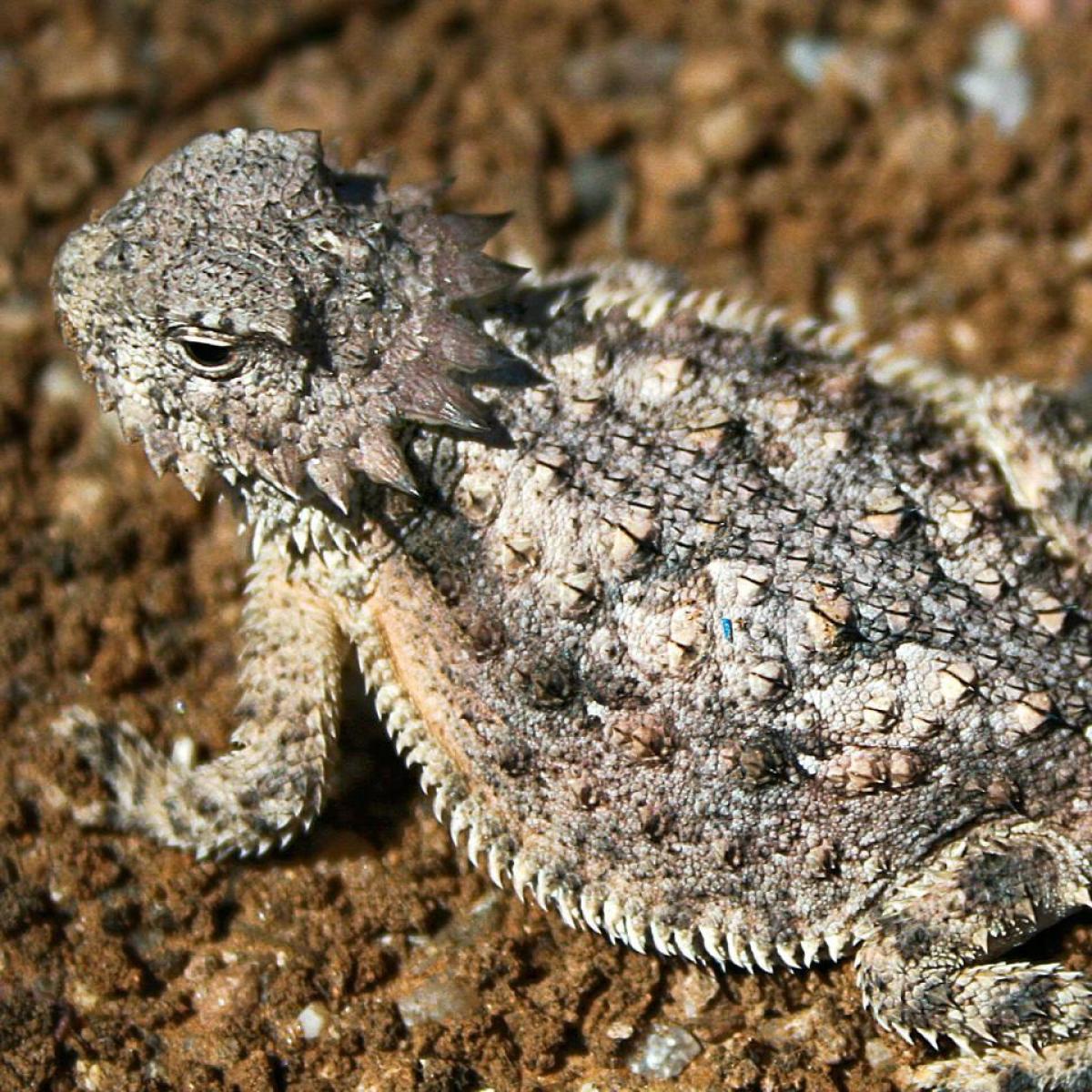Black-tailed Gnatcatcher
Polioptila melanura

Perching
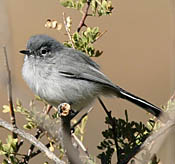
Length: 4 in. (11 cm )
Pairs of Black-tailed Gnatcatchers are a common sight in open desert scrub where they are constantly flitting through the low vegetation moving their long tails up and down and side to side. They catch small insects and spiders on leaves and often fly up to hover and snatch insects off more inaccessible vegetation. The small cup-shaped nest is placed low in a fork of a small bush or tree. It is constructed of downy plant material and spider webbing. The male has a blackish cap during the breeding season but loses it in the winter.
The four-digit banding code is BTGN.
Bibliographic details:
- Article: Black-tailed Gnatcatcher
- Author(s): Dr. Biology
- Publisher: Arizona State University School of Life Sciences Ask A Biologist
- Site name: ASU - Ask A Biologist
- Date published:
- Date accessed:
- Link: https://askabiologist.asu.edu/activities/bird/black-tailed-gnatcatcher
APA Style
Dr. Biology. (). Black-tailed Gnatcatcher. ASU - Ask A Biologist. Retrieved from https://askabiologist.asu.edu/activities/bird/black-tailed-gnatcatcher
Chicago Manual of Style
Dr. Biology. "Black-tailed Gnatcatcher". ASU - Ask A Biologist. . https://askabiologist.asu.edu/activities/bird/black-tailed-gnatcatcher
Dr. Biology. "Black-tailed Gnatcatcher". ASU - Ask A Biologist. . ASU - Ask A Biologist, Web. https://askabiologist.asu.edu/activities/bird/black-tailed-gnatcatcher
MLA 2017 Style
Be Part of
Ask A Biologist
By volunteering, or simply sending us feedback on the site. Scientists, teachers, writers, illustrators, and translators are all important to the program. If you are interested in helping with the website we have a Volunteers page to get the process started.

